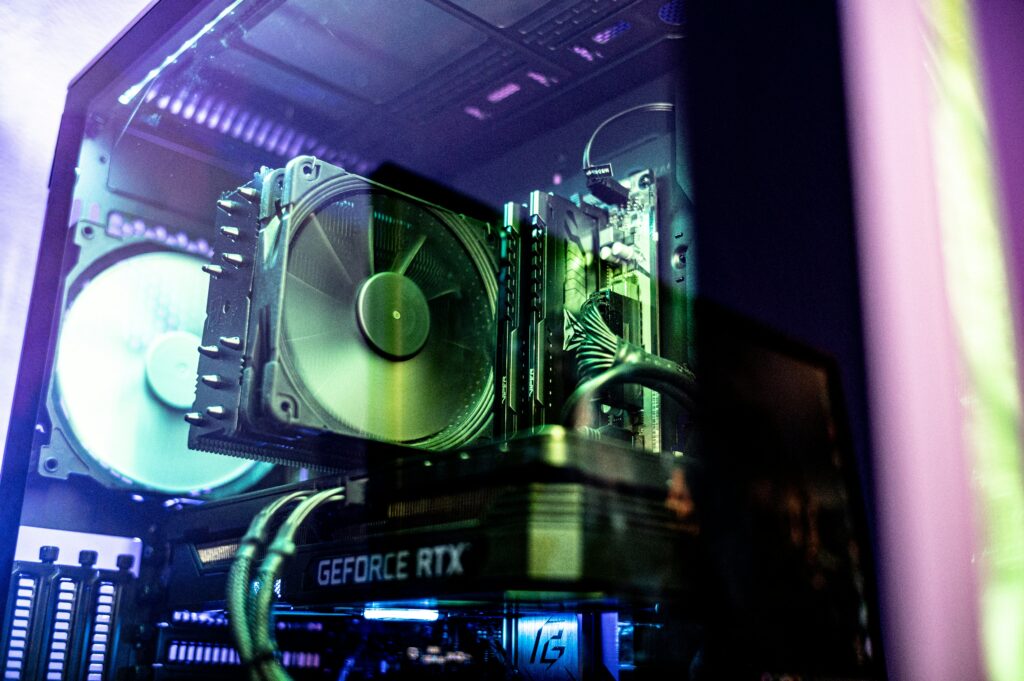NVIDIA has officially unveiled its Blackwell architecture, a revolutionary leap forward in GPU design that is set to power the next generation of computing. Initially launched for artificial intelligence and high-performance computing (HPC) data centers, the Blackwell platform builds upon the successes of its predecessor, Hopper, promising unprecedented gains in processing capabilities. This new architecture, named after mathematician David Blackwell, is not merely an incremental update but a fundamental reimagining of how GPUs handle colossal workloads, from training massive AI models to rendering incredibly complex graphical environments. While the initial focus is on enterprise-level solutions, the technological innovations introduced in Blackwell are widely expected to trickle down, fundamentally shaping the future of consumer-grade GPUs and ultimately enhancing gaming, content creation, and everyday computing experiences.
The core of the Blackwell architecture’s power lies in its multi-chip module (MCM) design, a significant departure from traditional monolithic GPU dies. This design allows NVIDIA to connect two immense GPU dies, effectively creating a single, super-powered processor capable of delivering over 20 Petaflops of FP4 AI performance. This monumental achievement is supported by a 192GB HBM3e memory interface, boasting an astounding 8 TB/s of memory bandwidth. According to NVIDIA CEO Jensen Huang, Blackwell is a “game-changer” designed to solve the most daunting computational challenges. The platform also incorporates a fifth-generation NVLink, enabling 576 GB/s of bidirectional bandwidth between GPUs, crucial for scaling performance in large-scale AI and HPC applications. These specifications highlight NVIDIA’s commitment to pushing the boundaries of what’s achievable in hardware, setting new benchmarks for efficiency and raw power.
The immediate impact of Blackwell GPUs will be felt most profoundly in the AI and data center sectors. Companies dealing with vast datasets and complex AI model training will see significant reductions in training times and an overall boost in research and development capabilities. However, the long-term implications for general consumers and industries beyond AI are equally transformative. The innovations in Blackwell, particularly in its efficient handling of parallel processing and memory management, are expected to influence the design of future consumer-grade GeForce GPUs. Gamers could anticipate unprecedented levels of fidelity and frame rates, with advancements in ray tracing and path tracing becoming even more accessible and visually stunning. Content creators, particularly those working with 3D rendering, video editing, and virtual reality, will benefit from vastly accelerated workflows and the ability to handle more complex projects with ease.
Looking ahead, industry experts predict that the Blackwell architecture will not only redefine the performance ceiling but also intensify competition in the GPU market. Analysts from TechCrunch and The Verge have highlighted Blackwell’s potential to set a new standard for GPU design, forcing competitors to innovate rapidly. The emphasis on energy efficiency, a critical aspect of the Blackwell design, is also a promising indicator for the future, as high-performance computing continues to grow while sustainability remains a global concern. This technology could pave the way for more powerful yet less power-hungry devices across various segments, from high-end gaming rigs to professional workstations. The move towards MCM designs, while complex, showcases a path forward for silicon engineering, promising continued exponential growth in processing power when traditional methods face physical limitations.
In conclusion, NVIDIA’s Blackwell GPUs represent a monumental stride in hardware innovation, promising to unlock new frontiers across computing. While its initial deployment targets the most demanding AI and HPC environments, the underlying architectural breakthroughs are set to catalyze advancements throughout the tech ecosystem. As these next-gen technologies mature and become more integrated into mainstream products, we can look forward to a future where computational challenges once thought insurmountable become routine. The era of truly intelligent and immersive experiences is not just on the horizon; with Blackwell, it’s already beginning to unfold.
Explore our insights on the evolution of GPU technology and its impact on gaming here.
For more detailed information, read NVIDIA’s official announcement on the Blackwell platform: NVIDIA Unveils Blackwell Platform to Power New Era of Computing.

